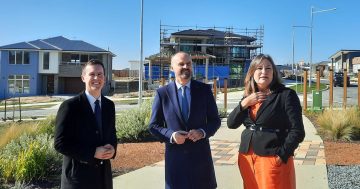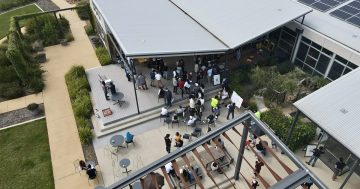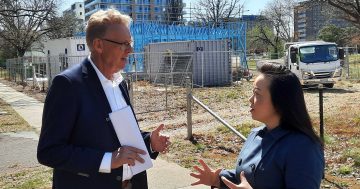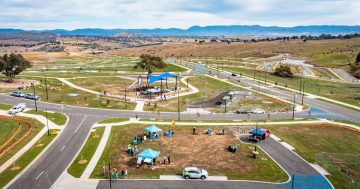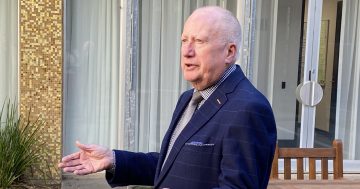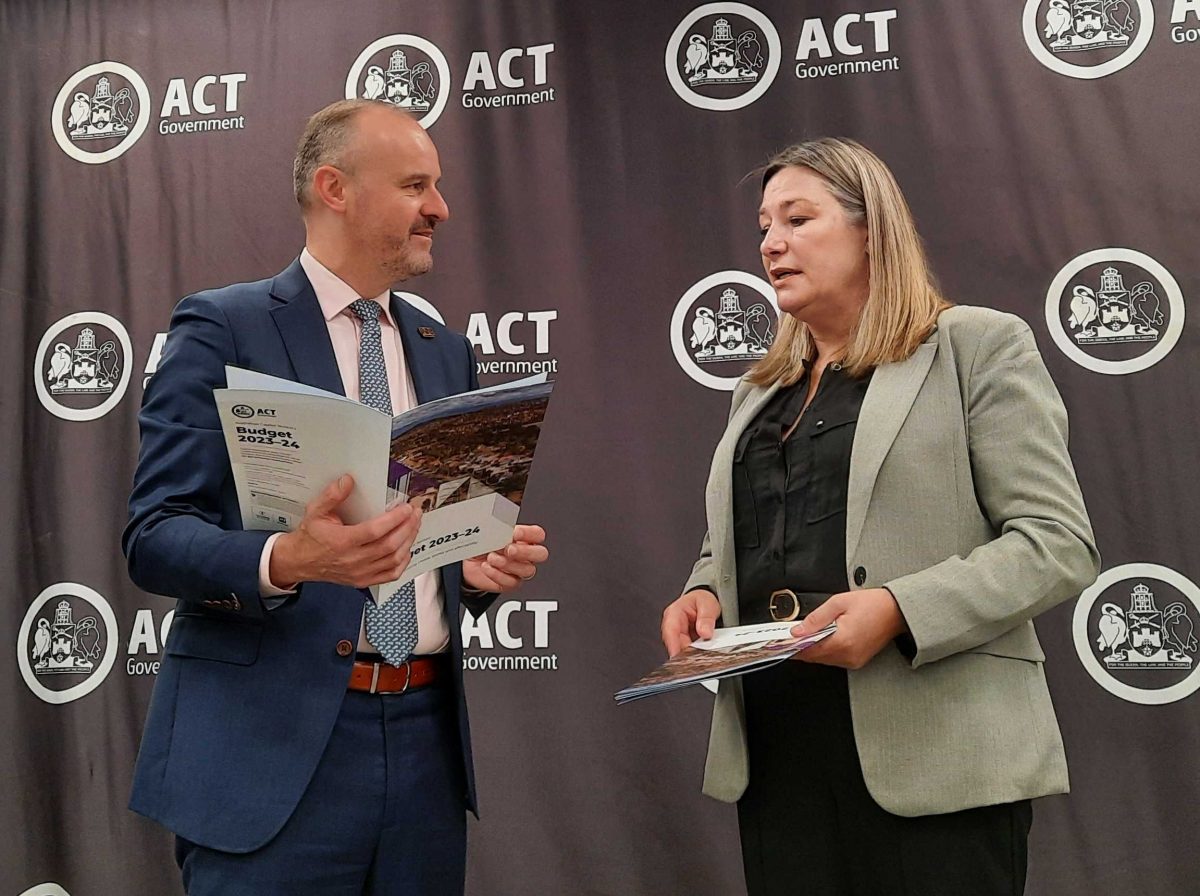
Multi-pronged approach: Chief Minister Andrew Barr and Housing and Suburban Development Minister discuss the budget housing package. Photo: Ian Bushnell.
A vote in the Legislative Assembly against the new Territory Plan will be a vote against new housing in the ACT, Chief Minister Andrew Barr says.
Mr Barr set the challenge for the Canberra Liberals and the ACT Greens, who opposed the passage of the new Planning Bill earlier in the month, calling it anti-community and anti-environment, while formerly announcing the government’s $345 million housing spend in the upcoming budget.
He said the Territory Plan and the overall planning reform project were the key to unlocking land for new and cheaper housing within the city footprint where people actually wanted to live, close to employment and transport.
“It’s very, very difficult to bring forward greenfield that needs all of the civil infrastructure, all of the underground work, to be delivered,” Mr Barr said.
“So the best pathway to accelerate land for new housing is within the existing city footprint, and it will be the planning system reforms over a five-year program [where] you can really look at what other potential new areas you can move into.”
The Indicative Land Release program to be unveiled as part of the budget will include greenfield sites, but Mr Barr said that was not where affordable housing was a viable proposition.
He said sensitive environmental areas in locations like the western edge were no-go zones, and high development costs in others such as Molonglo, West Belconnen and Gungahlin meant housing there would be expensive.
“If part of our objective here is to deliver more affordable land to the market, in some areas, the typography, their geographic isolation from other parts of the ACT would make greenfield development very expensive, and so you wouldn’t be getting any additional affordable housing,” he said.
“You’d just be getting more very expensive blocks a long way from where anyone works.”
Mr Barr said the AIS precinct, the former CSIRO land in Ginninderra and the North Curtin horse paddocks were among areas within the city where new housing could be built.
He indicated there were opportunities for housing within the proposed AIS precinct renewal in Bruce and that negotiations with the Commonwealth on the Ginninderra land were positive.
In the case of the horse paddocks, the government was in the hands of the National Capital Authority, but they were an example of inner city land that would be available.
He said labour and construction constraints were a challenge, “but if you can’t even get through the planning system because there isn’t a location to build or a lot of the planning rules don’t allow it, you’re not even going to get started on projects”.
“Ultimately, it’s going to be a decision of the Assembly. When the new Territory Plan is brought forward for a final vote, Assembly members will be voting either for or against more housing in Canberra.”
Mr Barr said the government’s policy settings were increasingly geared towards boosting the supply of rental properties to put downward pressure on the ACT’s sky-high rents, claiming credit for this year’s slight easing of the market.
He said the government sought to keep pace with Canberra’s population growth and have new housing overtake it.
“Our targets through the land release program and through what planning reform will deliver will aim to significantly exceed that future population growth so that we can get our rental vacancy rate to above 2 per cent and preferably closer to 3 per cent, which is seen as a healthy market,” he said
“We’ve currently got 55,000 thereabouts rental dwellings out of 190,000 dwellings in the Territory, so we need to add thousands of extra rental properties,” he said.
“They need to come across the whole spectrum of the rental market, public housing, social housing, affordable housing, and the general market. So it’s all about supply, but not just in one market segment.”
In this budget, the government’s new $60 million Affordable Housing Project Fund will provide a greater role for community housing providers and incentives for developers to include affordable rentals in their projects.
It also offers tax concessions to developers for specific large-scale Build-to-Rent projects and a site in the Gungahlin Town Centre will be released for that purpose.
As well as $56 million for 140 new public housing dwellings, the ACT will receive $50 million of Commonwealth money for social housing.
Housing and Suburban Development Minister Yvette Berry said that would be spent on spot purchases and potentially renewing or upgrading properties that the Territory already owns.
“We still have to come forward with a few more details on that plan, so we’ll work on that and be able to describe what that looks like,” she said.
“It’s part of the requirement of the spending of the $50 million that we identify exactly what we’re spending it on within the parameters the federal government has set.”
Canberra Liberals housing spokesperson Mark Parton said bringing community housing providers into the equation was welcome, but the government’s efforts were too little too late.
He was sceptical that the government would meet all of its goals because, over the years, it had consistently fallen short and failed to deliver, saying the number of public housing properties was the same as a decade ago.
The Canberra Liberals said they were working on an extensive housing policy that they will unveil in the lead-up to the election next year.
